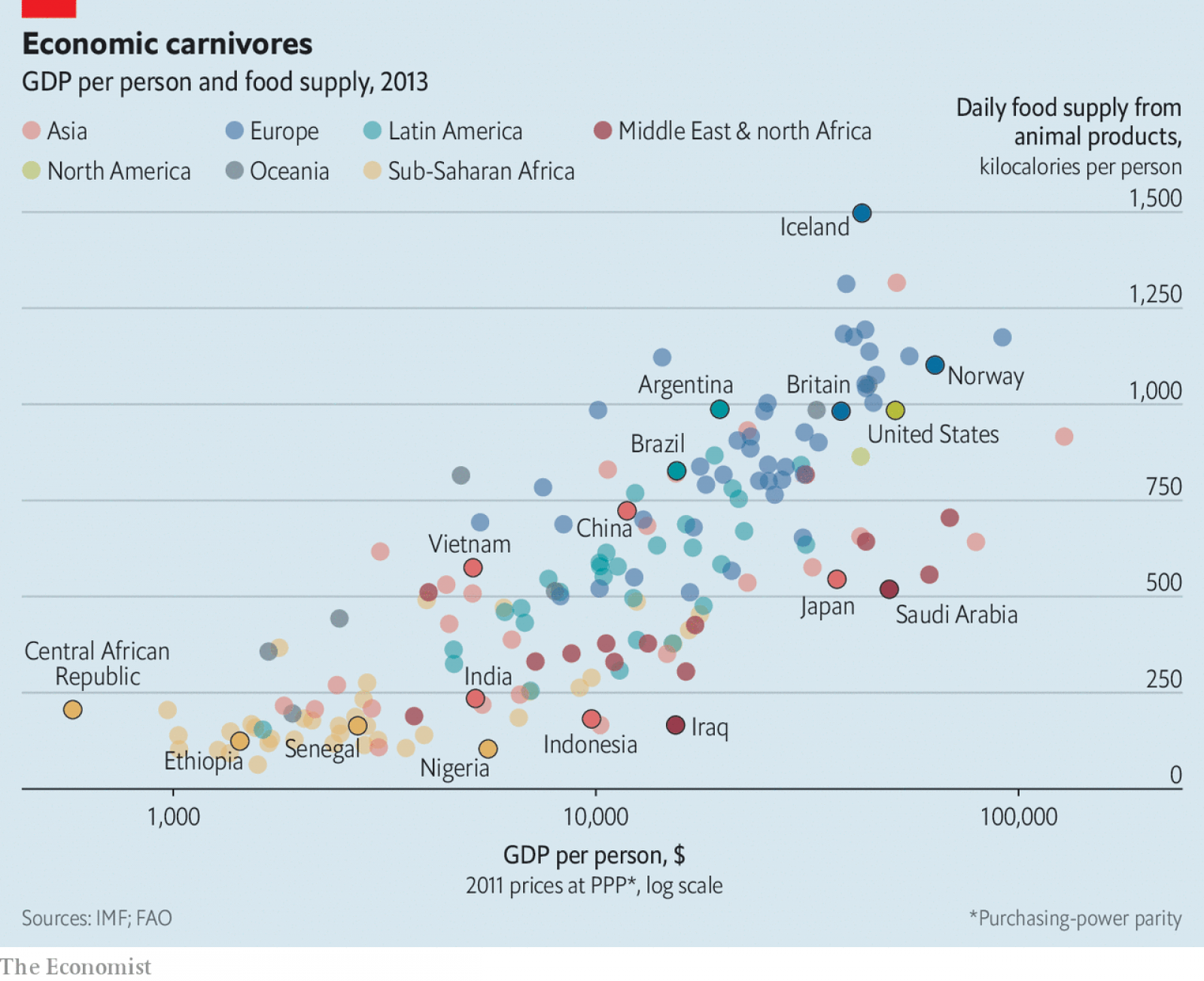
20 Cognitive Biases that screw up your decisions










3. Risking a small percentage of your trading capital will help you avoid your risk of ruin If you risk 1% of your capital trading with position sizing and a stop loss you will be down 10% after 10 losing trades. How much would you be down at your current rate of risk? Ten losing trades in a row will happen eventually it is just a matter of when and will you survive the losing streak mentally and financially.
And it’s one of the most important… The Results: overall 21 trades were taken 13 of those trades were losers and 8 of the trades were Winners. 23 win units vs. 13 losing units = +10 units if each unit = $100 you made +1,000. Only 34% right
